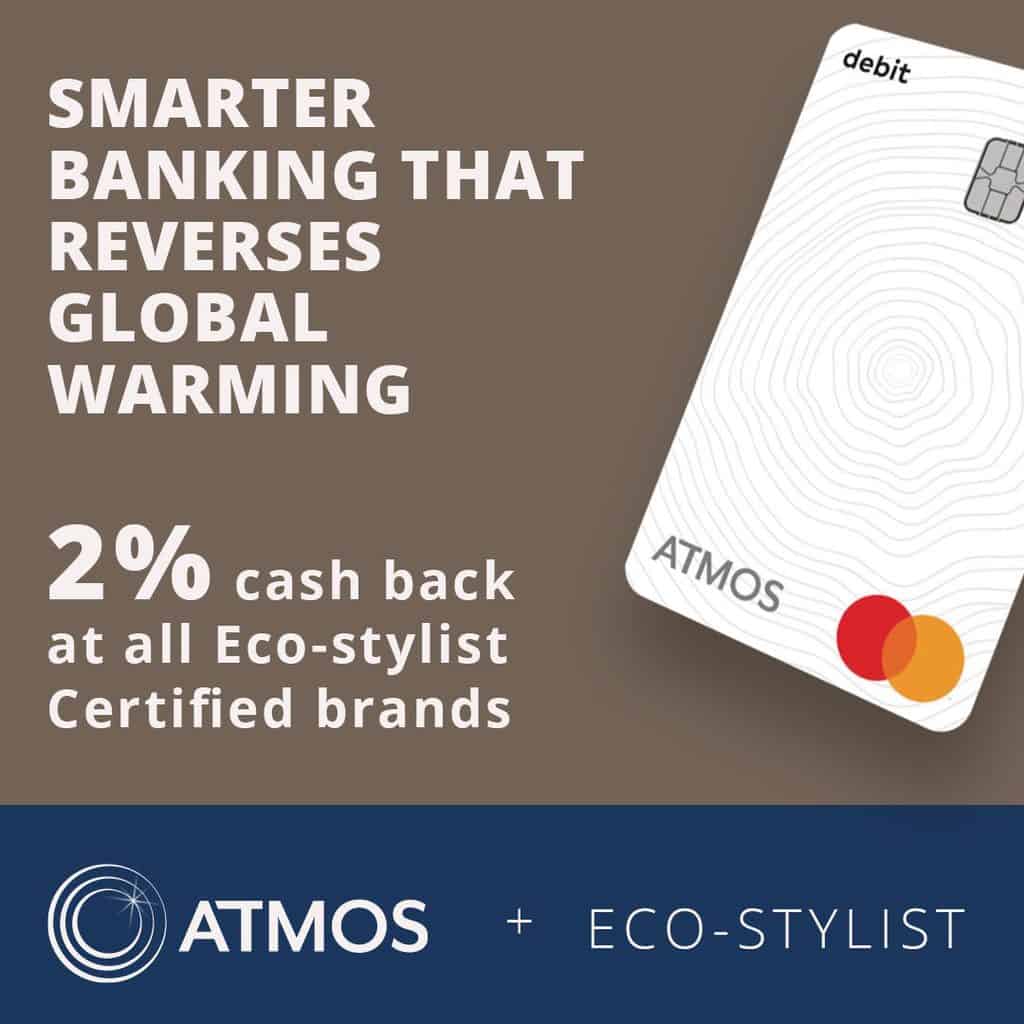
Patagonia is a brand you’ve most likely heard of. Named after the region in South America that’s home to the Andes Mountains, it’s a company that has been innovating eco-friendly and ethical outdoor apparel for its wide customer base for over half a century. They promote buying less and buying better, a mindset we definitely agree with, and work with environmental organisations to help tackle climate change and its effects.
Patagonia was never intended to be the billion dollar business that it has become today, and its founder Yvon Chouinard’s motives were never to become a billionaire, but rather to produce high quality clothing items that are made to last with as little impact on the planet as possible. This is apparent in every aspect of how the company is run.
Patagonia has been featured in our brand guide as a gold rated brand for a few years now, but we thought it was about time we discussed Patagonia’s sustainability initiatives in more detail, spurred on by a recent change to how the company is run and what this might mean for its future.
A Brief History

Building a billion dollar American company from a small business over half a century, only to give all your shares away for the good of the planet is a story you don’t expect to hear about. But that’s exactly what the founder of Patagonia did in September 2022.
If you can’t already tell, Chouinard is in no way your average businessman, and never has been. Starting out as an avid rock climber, Chouinard decided to teach himself how to blacksmith at just seventeen in order to improve the design of the equipment (pitons) that he used. When fellow rock climbers and friends started taking an interest in his products, he started to sell them, and accidentally started his first business venture.
From here, he began to import and sell rugby shirts that he’d seen in England, after realising their practicality for rock climbing. It was with this first foray into selling sports apparel that Yvon began to build what is today the well known and respected company, Patagonia, established officially in 1973.
From the very beginning, Chouinard and his staff worked hard to do what they could to minimise their impact and innovate better, more environmentally friendly ways to work. In 1986 they began to donate 10% of their profits annually to support small environmental organisations and initiatives, before altering this to 1% of their sales irrespective of profits, or 10% of profits depending which is higher.
It’s tricky to ascertain exact figures due to Chouinard’s sole ownership of the company since its conception, but it’s estimated that over $1 billion dollars of clothing are sold by Patagonia each year, with between $100-200 million in annual revenue. This equates to around $10-20 million a year being donated.
Commitments such as these, enacting real and positive change, are exactly what is great about this company.
Changing Ownership to Change the World

There have been some massive changes made to the running of Patagonia following Chouinard’s decision in 2022 to give away the business, after retaining 100% of shares for the 49 years he’d owned the company.
So who owns the company now?
According to Patagonia’s website, ‘Earth is now our only shareholder’.
To be more specific, Chouinard has placed all of the shares of the company into a trust and non-profit organisation that were both created solely for the purpose of holding these shares. Instead of selling the company, with no guarantee that the new owner would have the same values and environmental interests as themselves, the Chouinard family made an unconventional move when he formed these two foundations to be entrusted with the business, to be run by a group of directors.
This means that all the 2% voting stock of the company is now in the hands of the Patagonia Purpose Trust, which will be run by a committee who are all dedicated to safeguarding the purpose and values of the company. The remaining 98% has been given to the Holdfast Collective, which will ensure that all of Patagonia’s profits are used to fund the projects that they’ve been supporting since they were established, and many more alongside that, to help tackle climate change.
What does this mean for the future of the company?
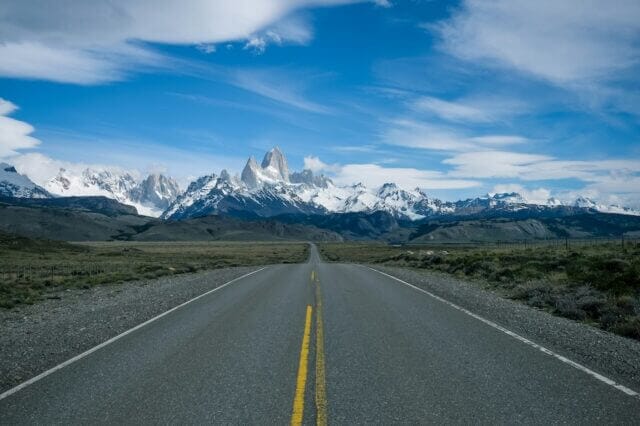
No changes were made to the leadership team of the company itself, including the position of CEO which Ryan Gellert continues to hold after taking on the role in 2020. There were few changes to the day to day running of the company.
The Chouinard family will remain heavily involved in the ecological side of the business, particularly with the Patagonia Purpose Trust and the election of the board of directors, but only Chouinard’s two children will remain on the payroll of the company.
However, this move will make a lot of difference to the company’s long term future, as Chouinard hopes it will ensure that the values of the business will be upheld through a legal structure for as long as the business continues, no matter who is managing it.
It also makes sure that all profits that aren’t used to keep the business running will always be used to fund projects to save the environment, with a particular focus on conservation and preserving wild lands. This means all the estimated $100-200 million dollars profit will now be directed towards these projects every year.
While some have questioned whether this innovative project will succeed in its aims without the involvement of the Chouinard family in the future to keep the company focused on the environment, only time will tell.
What are the wider impacts of this business move?
In an interview with the New York Times, Chouinard said he hoped that his decision would “influence a new form of capitalism that doesn’t end up with a few rich people and a bunch of poor people… We are going to give away the maximum amount of money to people who are actively working on saving this planet.”
Hopefully more of the world’s clothing tycoons will take inspiration from Chouinard and begin to plan for a more sustainable future, putting the planet above financial profit and personal gain.
How Sustainable and Ethical are Patagonia’s Products?
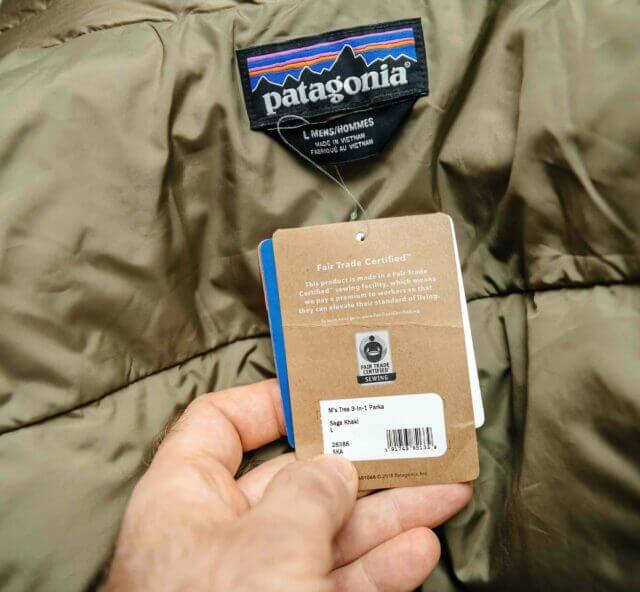
Patagonia is evidently committed to driving change to the way companies are run and how profits are spent, but let’s take a look at how they make sure their products are made in a sustainable and ethical way.
Materials
Something that’s amazing about Patagonia’s product designs is that, unlike so many fashion brands who prioritise production speed over quality, they focus on how to make their products last for a lifetime or longer! Down to the choice of zips and buttons they try to ensure that everything can be fixed or replaced, and is recyclable too.
They have shown a consistent commitment to using environmentally friendly materials, making changes in the past that have placed the environment first, above profit margins and business reports.
For the Spring 1996 line, they made the move to 100 percent organic cotton after realising how damaging the production of conventional cotton was for both the environment and their workers, after a visit to the cotton supply factory. Patagonia had to put up their prices to absolve the financial costs of this switch, and even though it took two years for their sales to return to what they were before, they continued with the change anyway.
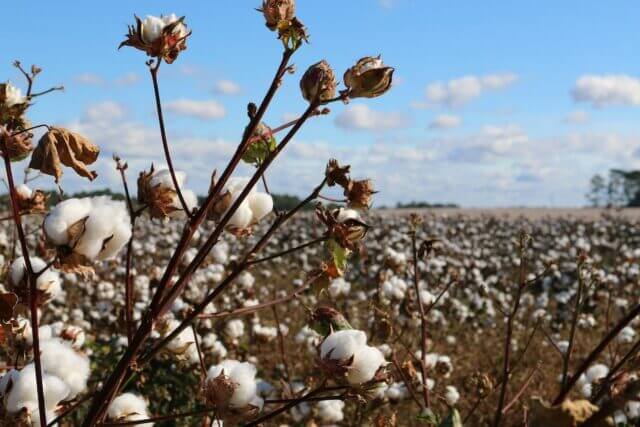
Today, they remain 100% organically grown and say they’ll never change.
Patagonia says by Spring 2024 they’ll be using recycled materials for 98% of their items. This is great news!
Transparency
In Fashion Revolution’s Fashion Transparency Index, Patagonia has actually been rated 4% lower in 2022 than 2023 at 40%. Whilst this reduction in transparency is dispiriting to see, to put these figures into perspective the average score is 26%. Part of this decrease may also be due to changes to how the index is calculating their scores, as they have signposted in their index that they’ve altered some of their focuses this year.
Here at eco-stylist, however, we rate Patagonia as excellent for their transparency. We This is because they release the details of every stage of their supply chain, including names and locations on their website, to help ensure that they are held accountable for the working conditions of the people making their products.
They also address the fact that they use subcontracting, and whilst they currently have not changed this way of working, they are transparent about their subcontracting, and how they are taking steps to promote human rights and stand up for the people making their clothing products.
They also share their carbon footprint on their website, and have been open about the challenges they’ve faced trying to reduce this footprint by using renewable energy sources and minimising greenhouse gas emissions when they’re still growing and expanding as a company.
Labour

Patagonia Staff
Yvon Chouinard has always run his business with the attitude that ‘I don’t care when you work as long as it gets done.’ In fact, his memoir is entitled Let my people go surfing, which tells you all you need to know about his alternative approach to running a company! Offer flexible hours, allow for independence, and make the best products possible: these were the main rules by which Chouinard ran Patagonia, and will hopefully continue to be in the future.
Patagonia has offered on-site childcare since 1983. From early on, the business has also offered paid maternity and paternity leave. These benefits have allowed their workers to build a life where wanting to have a family does not stand in the way of career progression, no matter your gender, or your role in the company.
Patagonia’s Clothes Makers
Like most companies, Patagonia does not own the factories that produce their items which is not great, but nevertheless they’ve been working for the last few decades to improve the conditions for their workers. In 1996 they became founding members of the Fair Labor Association, and in 2013 they partnered with Fair Trade USA to work towards living wages for the people who make their clothes.
85% of their products are now manufactured in Fair Trade Certified factories, which has benefited over 75,000 workers. Whilst this is great, and far better than the norm, it leaves room to get to 100% and guarantee Fair Trade standards for all of their clothing makers.
In 2011, they began to audit their raw-materials suppliers which is a great step forward towards ensuring all their staff are working in good, safe conditions as well as being paid fairly.
Patagonia Sustainability Initiatives
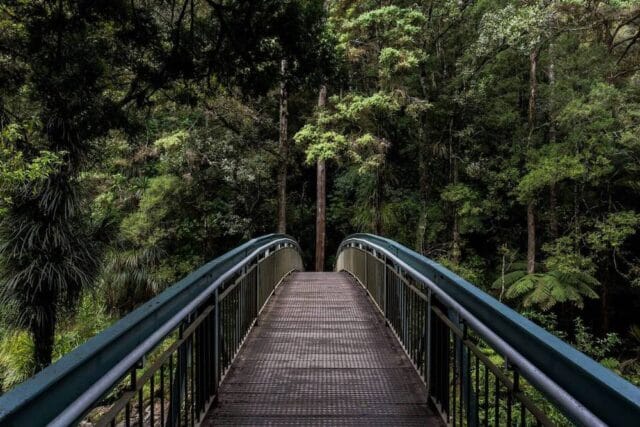
Patagonia has supported a vast number of projects over the years, but how do they choose who to help?
They focus particularly on grassroots and small scale organisations where their funds can make a huge difference, and the company can be sure that their money will be well spent where it’s most needed; directly making change.
Organisations can apply on their website for support and funding, with three deadlines a year for proposals. Their website claims that they love the opportunity to support ‘risk-taking, off-the-beaten-track groups.’
Their most recent focuses have been moving towards 100% renewable energy and recycled raw materials, cracking down on plastic and microplastic, and making their clothes Fairtrade to support their clothing makers.
Worn Wear
Speaking to Guy Raz on the How I Built This podcast, Chouinard claimed that Patagonia works by the principle that once they’ve produced a product they make the commitment to own it forever, even once it’s been sold. This means that when an item doesn’t fit anymore or you grow to dislike it they’ll help to sell it again, if it’s broken they’ll fix it for you or show you how to fix it yourself, and if that’s not possible then they’ll recycle it into more garments.
This mindset is evident in the company’s Worn Wear initiative, which started out as a blog launched in 2013 and has grown into a much more extensive recycling and repair program accessible directly through their website. Whether you want to trade in your clothes in return for store credit, or you want to buy used and repurposed clothes, Worn Wear will let you do this.
The project helps you as a consumer to spend and waste less, and helps the company stop their products ending up in the landfill, as well as reducing their carbon emissions by recycling materials and circulating second hand items. This keeps everybody happy, including the environment.
Patagonia Action Works
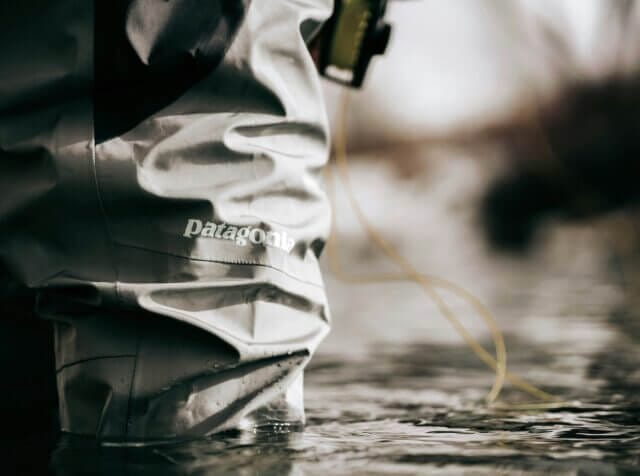
Patagonia helps to fund 1359 environmental organisations to battle against climate change and its localised effects.
Not only this, Patagonia Action Works offers you a way to connect with environmental organisations yourself – whether it’s protecting our oceans, supporting Vanishing Lines to protect the alps, or to join the community energy movement, they have so much information to help you find where to start!
It’s an easy to navigate system which matches you to grassroot groups based on your location and interests so that you can support them through signing petitions, fundraising, or volunteering.
An Advertising Campaign With a Difference
You may recall a seemingly bizarre advertising strategy from Patagonia that caused some controversy in 2011, when Patagonia told people not to buy their products with their ‘Don’t Buy This Jacket’ campaign running in the New York Times on Black Friday. This was a publicity stunt which drew a lot of attention, and was intended to make people think twice before buying things they didn’t need just because of heavily reduced prices in the sales.
This is not out of character for the company, which actively promotes investing in high quality items that will last rather than partaking in fast fashion. As Chouinard puts it very simply, ‘own fewer things, but really good things.’
Patagonia and Sustainability: A Summary
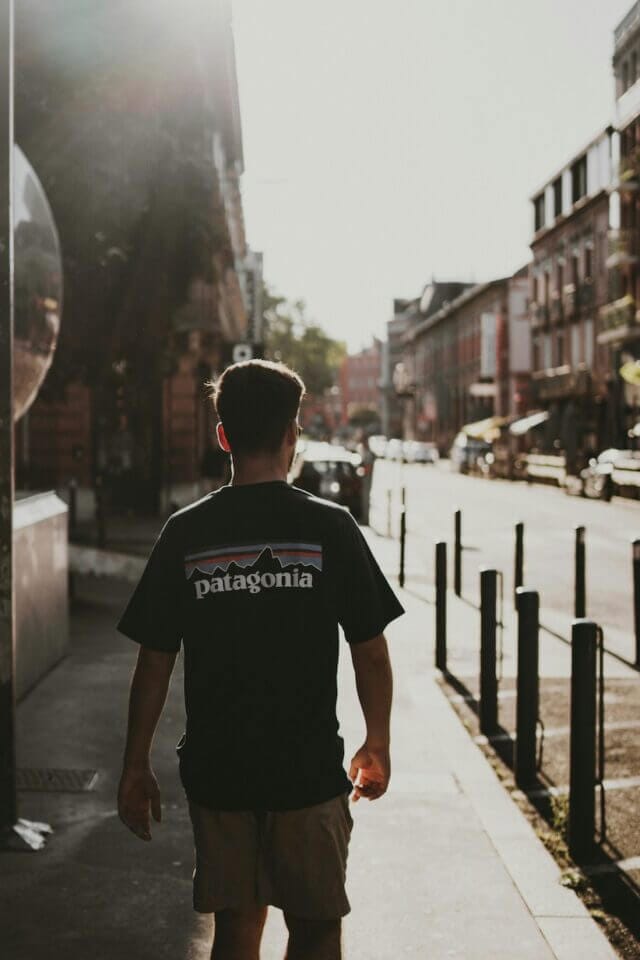
Patagonia acknowledges that they’re still a part of the problem just by existing as a company, renouncing the ‘sustainable brand’ label they’ve often been given during COP26. However, it’s evident that they’re working across the board to ensure that they work with the environment rather than against it.
While that makes it difficult to cover all the projects they’re working on, it’s clear from this selection of initiatives alone that they are committed to meaningful change. And for that reason they retain their gold rating with Eco-Stylist.
Where to Shop Patagonia
Ready to support Patagonia and their climate change activism?
Where to Find More Sustainable Brands
Head over to our brand guide to explore Patagonia and many other ethical and sustainable brands, so you can shop with intention, and style too.
Eco-Stylist is reader-supported. If you make a purchase using our links, we may earn a commission. We only feature fashion brands that pass our sustainable brand criteria. Learn more here.

Ellie recently graduated from University of Sheffield after studying English Literature. She loves all things related to books and writing, as well as being interested in fashion and art.





